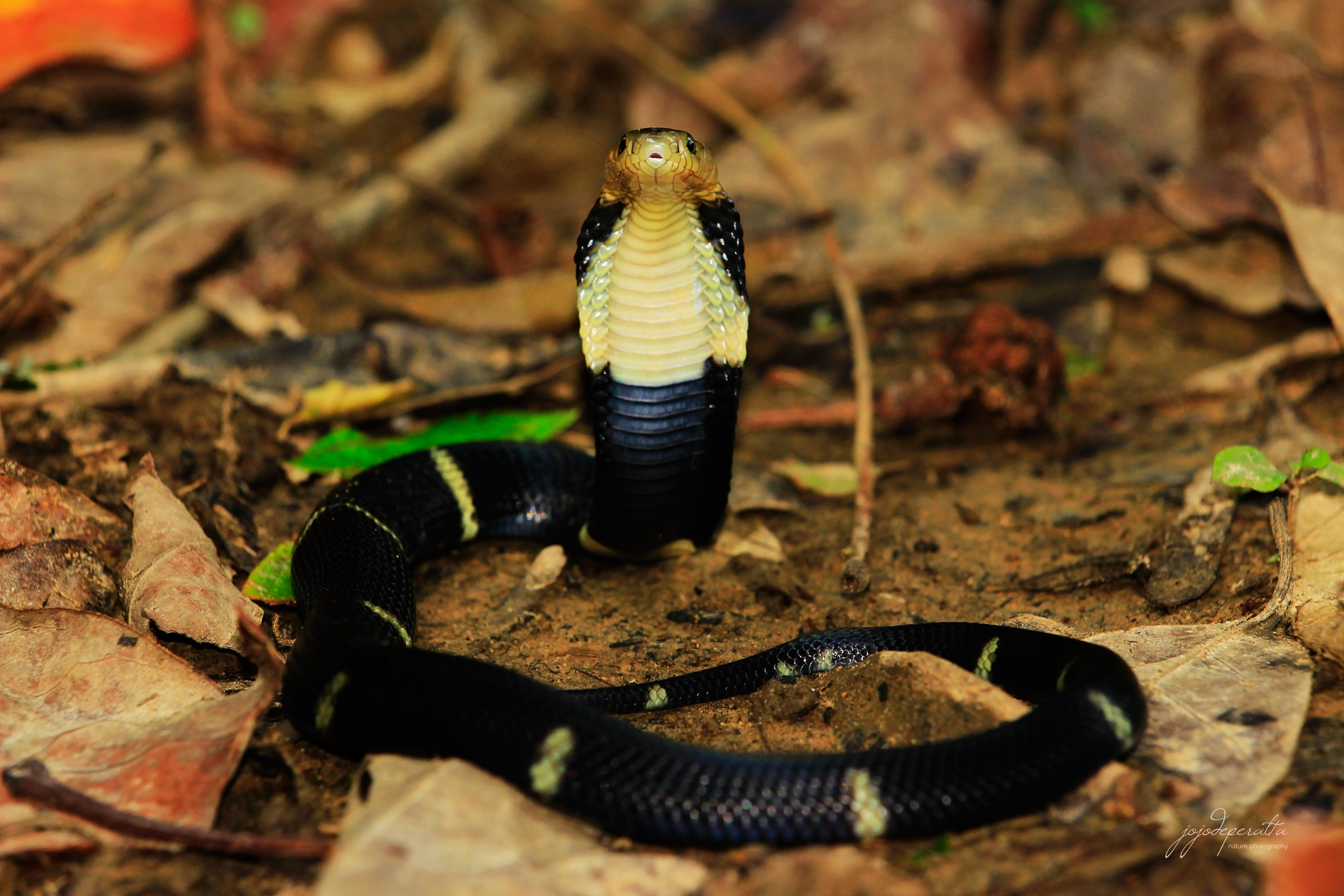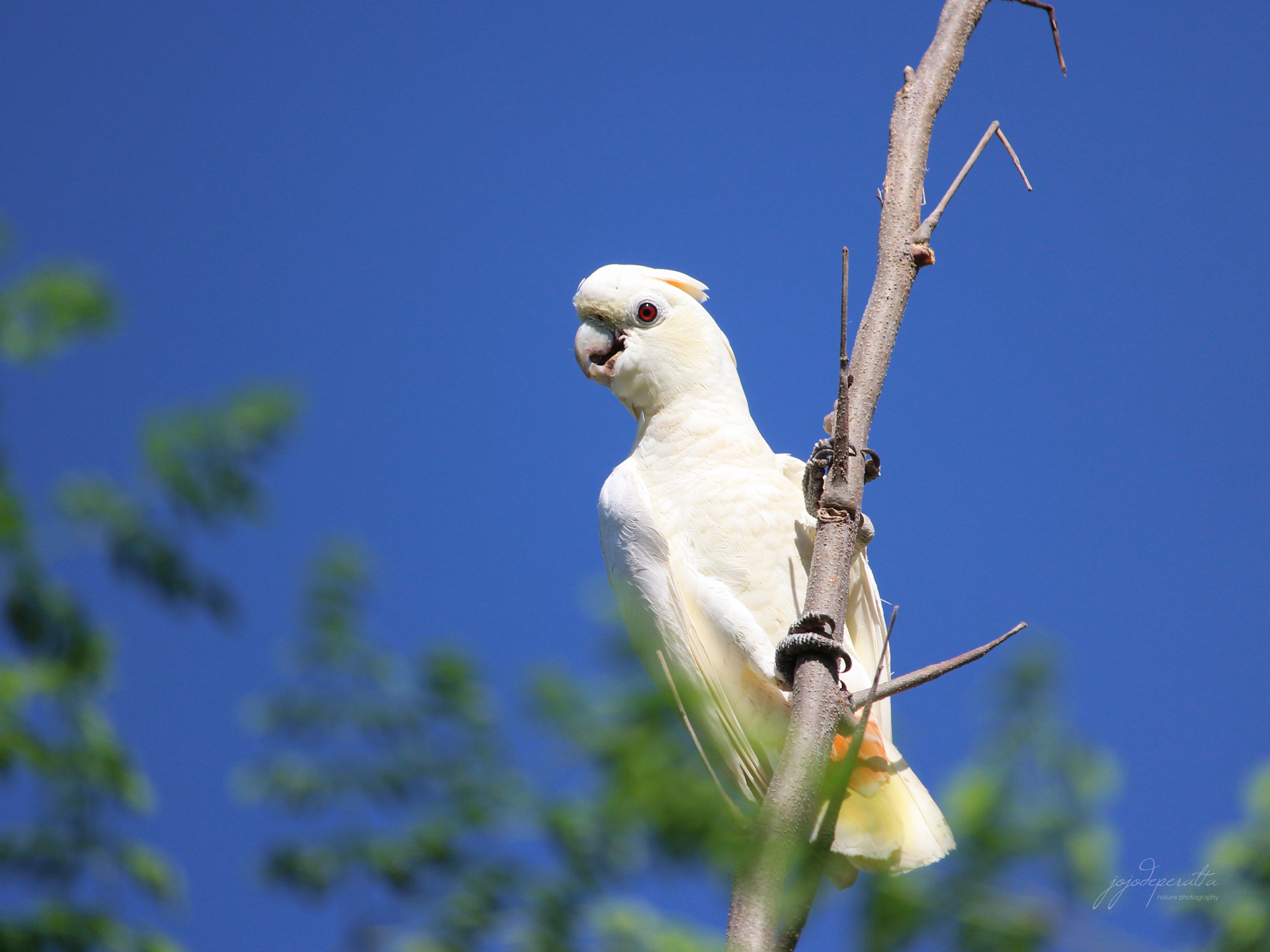Cinnyris aurora (Tweeddale, 1878) are a noisy,
fast flying small songbirds that feed largely on nectar. They
can be seen hovering on flowers when feeding, but they will also take insects, especially when feeding young. It is often
encountered in the lowland second growths, mangroves, agricultural farms and
towns. This sunbird has adapted well to humans and can be found not just
in the forested area but even in fairly densely populated areas.
 |
| A female Palawan Sunbird building a nest. |
The Palawan Sunbird are common across Palawan and
often found in pairs, especially during breeding season. The male and
female are easily told apart because the male is more colorful and showy
than the female. They are known to breed from December to June. The
purse-like nest, composed of woven grass, spider webs, feathers, leaves
and other plant fibers is attached to small branches usually low down in
bushes and trees, sometimes close to the ground. Females do the hard
work of weaving and collecting materials for the nest.
 |
| Cinnyris aurora during incubation period. |
The Cinnyris aurora was once considered a subspecies of the Olive-backed Sunbird. The Olive-backed Sunbird has since been renamed the Garden Sunbird (Cinnyris jugularis), and the Palawan Sunbird is now classified as its own distinct species.
 |
| Cinnyris aurora pair. |













